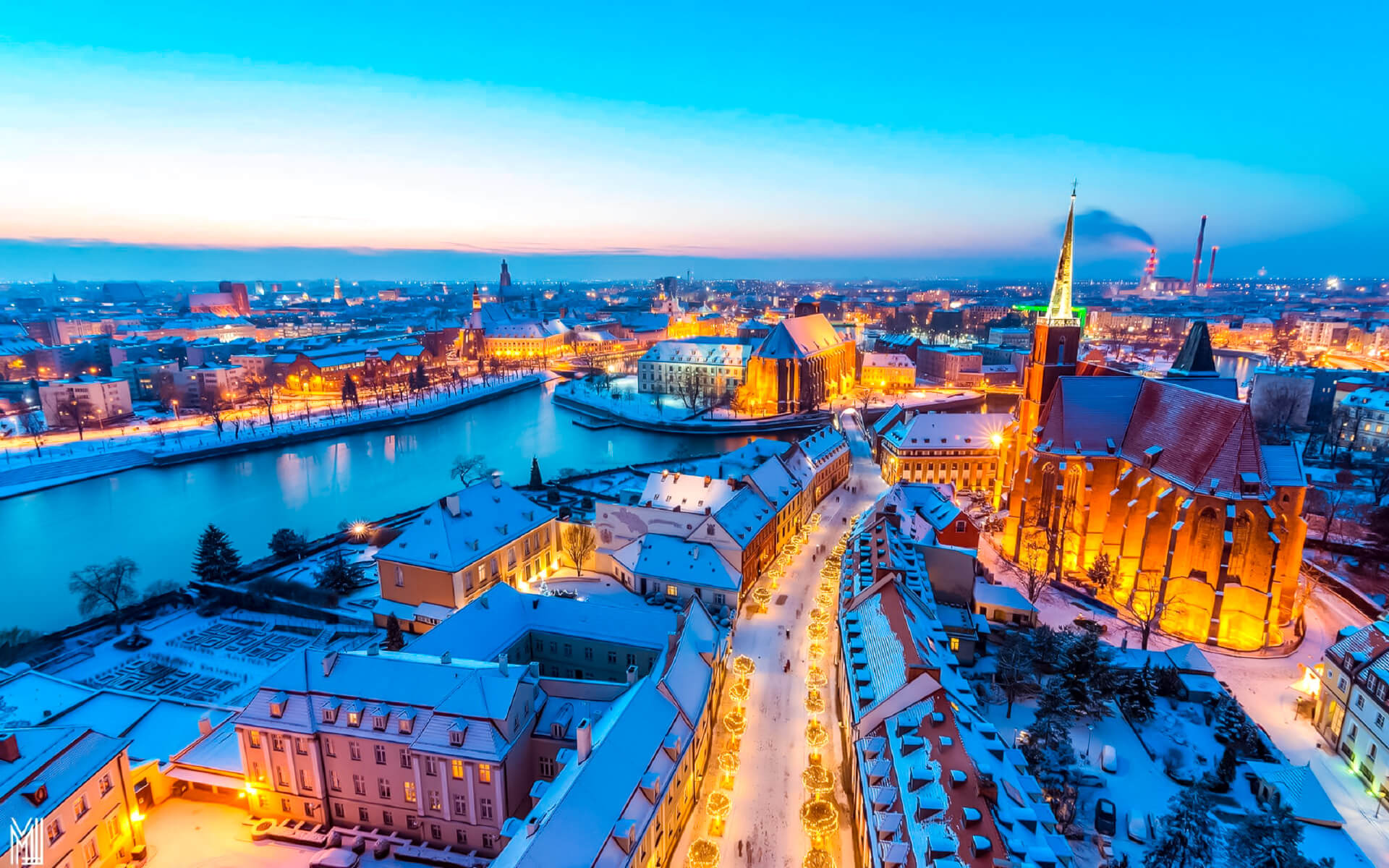Wroclaw is home to 401 millionaires, or those with an annual income of more over one million PLN (as per 2014).
Buses, trams, train wagons, household appliances, chemicals, and electronics are manufactured in Wrocaw. Many international and local firms have manufacturing and research centers in the city, including WAGO, Siemens, Bosch, Bosch-Siemens, Nokia Networks, Volvo, HP, IBM, Google, Opera Software, QAD, Bombardier Transportation, DeLaval, Whirlpool Corporation, WABCO, Tieto, PPG Deco Poland, and others.
Large Polish firms, including Getin Holding, Akwawit-Polmos Wrocaw, Telefonia Dialog, PGS Software, Gazoprojekt, MCI Management SA,Protram, Selena, Rawplug, AB SA, Impel, Kogeneracja SA, EKO Holding, Inter-System, Supra Invest, Toya SA, have offices in Wroclaw.
The city has had a growing high-tech industry since the beginning of the twenty-first century. The Wrocław Technology Park is home to many high-tech companies, including Baluff, CIT Engineering, Caisson Elektronik, ContiTech, Ericsson, Innovative Software Technologies, IBM, IT-MED, IT Sector, LiveChat Software, Mitsubishi Electric, Maas, PGS Software, Technology Transfer Agency Techtra, and Vratis. There are factories of LG (LG Display, LG Electronics, LG Chem, LG Innotek), Dong Seo Display, Dong Yang Electronics, Toshiba, and many other companies, primarily from the electronics and home appliances sectors, in Biskupice Podgórne (Community Kobierzyce), as well as the Nowa Wie Wrocawskafactory and distribution center of Nestlé Purina and factories of a few other enterprises.
Engine Business was created between 2013 and 2015. Over 250 enterprises from approximately 60 different sectors are located in Wrocław Industrial Park. The American corporation UTC Aerospace Systems has a research and development facility in Wrocław called the Global Engineering Centre.
The city is home to the Wrocław Research Centre EIT+, which houses everything from geological research facilities to the unusual and Lower Silesian Cluster of Nanotechnology.
Wrocław is home to the headquarters of the following banks: Crédit Agricole Bank of Poland, Bank Zachodni WBK, Euro Bank, and Santander Consumer Bank, as well as finance and accounting centers for Volvo, Hewlett-Packard, KPIT Cummins, UPS, GE Money Bank, and Credit Suisse. The city has the most leasing firms and debt collection agencies in the nation, including the biggest European Leasing Fund.
AmRest’s headquarters are also in Wrocław, the biggest food service firm in Poland, with a franchisee network that includes KFC, Pizza Hut, Burger King, La Tagliatella, and Starbucks.
Wrocław is a significant pharmaceutical industry hub, home to U.S. Pharmacia, Hasco-Lek, Galena, Avec Pharma, 3M, Labor, S-Lab, Herbapol, and Cezal.
Qatar Airways introduced its Wrocław European Customer Service in February 2013.
DHL, FedEx, and UPS have logistics hubs in Wrocław.
Close to Wrocław is Poland’s largest shopping mall, Bielany Retail Park and Bielany Trade Center, which are located in Bielany Wrocawskie and house supermarkets Auchan, Decathlon, Leroy Merlin, Makro, Tesco, IKEA, OBI, Castorama, Black Red White, factories E. Wedel, Cargill, warehouses Prologis, Panattoni, and two Amazon.com logistics centers.
Because of its closeness to the borders with Germany and the Czech Republic, Wrocław and the Lower Silesia area are important import and export partners with these nations.


